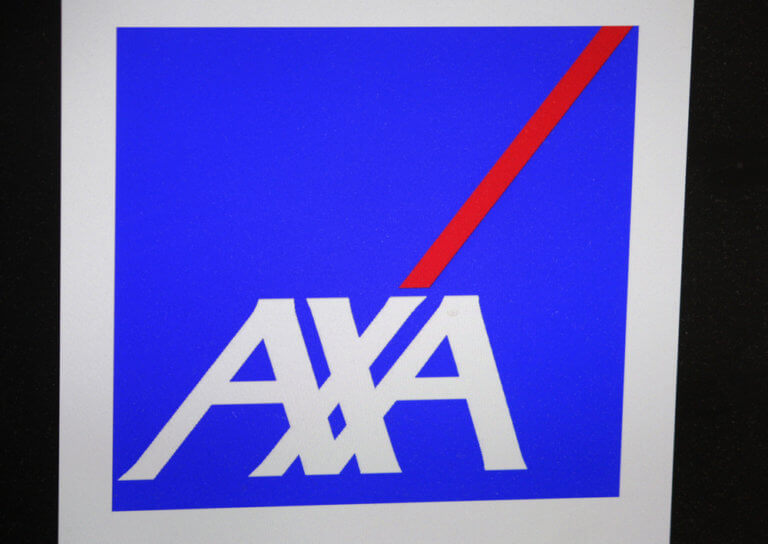As an employer, you must consider various financial aspects to ensure that your hiring process is sustainable and beneficial in the long term. From salary and benefits to training and compliance costs, these financial considerations can significantly impact your company’s bottom line.
This article explores the top eight financial considerations to evaluate before hiring new employees.
Salary and Wages
Determining competitive salaries is crucial to attracting and retaining top talent. Start by researching median salaries for similar positions using reliable sources like the Bureau of Labor Statistics or industry-specific surveys. This will help you understand the market rate and set a fair salary.
Consider the local market, as salaries can vary based on the cost of living and demand for specific skills. Balancing budget constraints is key. While you want to attract top talent, ensure the salaries fit within your company’s financial limits. Offer competitive benefits alongside salaries to make your compensation package more appealing.
Conducting a thorough job analysis can also provide insights into the responsibilities and required experience for each role.
Benefits and Perks
Offering comprehensive benefits is a crucial financial consideration when hiring employees. Key benefits include health insurance, retirement plans, and paid time off. Health insurance typically covers medical, dental, and vision needs, reducing healthcare costs and providing security. Retirement plans, like 401(k) options, help employees plan for the future, increasing job loyalty.
Paid time off, including vacation days, sick leave, and parental leave, is essential for work-life balance. These benefits can improve employee satisfaction and retention by demonstrating your commitment to their well-being.
Innovative perks can also make a significant difference. Examples include remote work options, flexible schedules, gym memberships, tuition reimbursement, and mental wellness apps. These perks enhance your employees’ quality of life and foster a positive work environment leading to higher productivity and lower turnover.
Payroll Taxes
Payroll taxes are a significant financial consideration. These include the Federal Insurance Contributions Act (FICA), the Federal Unemployment Tax Act (FUTA), and state unemployment taxes (SUTA).
FICA taxes consist of Social Security and Medicare. Employers and employees each pay 6.2% for Social Security and 1.45% for Medicare on gross wages. Employees earning over $200,000 contribute an additional 0.9% to Medicare.
FUTA taxes fund unemployment benefits. Employers pay 6% on the first $7,000 of each employee’s wages, potentially reduced to 0.6% if state unemployment taxes are paid.
SUTA rates vary by state. Check state-specific regulations to ensure compliance. Accurately calculating these taxes and staying compliant with regulations to avoid penalties. Utilizing tools and consulting tax professionals can help manage these obligations efficiently.
Legal and Compliance Costs
Hiring employees involves various legal requirements and compliance costs. Employment contracts must comply with state and federal labor laws, detailing terms, wages, and benefits. You need to adhere to regulations, including anti-discrimination laws, minimum wage requirements, and overtime pay. Ensuring workplace safety according to OSHA standards is also critical to avoid violations.
Non-compliance poses significant financial risks. Penalties include fines, legal fees, and compensation claims. For example, consulting a forklift accident lawyer can help you understand potential liabilities and necessary safety protocols in industries using heavy machinery.
Regularly review updates from reliable sources, attend industry seminars, and consult legal experts. Implement a robust compliance program and provide regular employee training on legal requirements to mitigate risks and ensure adherence to all applicable laws.
Recruitment and Hiring Costs
Recruiting new employees involves several expenses, including advertising, job fairs, and recruitment agencies. Advertising costs can vary depending on the platforms used, such as job boards, social media, and print media. Job fairs often require registration fees and costs for materials and travel. Hiring recruitment agencies can be effective but costly, with fees typically ranging from 15% to 25% of the new hire’s salary.
Onboarding and training add to recruitment costs. Onboarding involves administrative tasks, orientation sessions, and setting up workstations. Training costs include the time spent by trainers and trainees, materials, and possible external courses.
To minimize costs, use employee referrals for quicker and cheaper hires, as this aligns with current recruitment trends focused on cost-effective and high-quality talent acquisition.
Harness the power of social media and professional networks to advertise openings. Streamline the onboarding process with digital tools and provide online training modules. These strategies reduce costs without compromising hire quality.
Training and Development
Investing in employee training and development is essential for maintaining a competitive edge. Training programs involve costs such as materials, instructor fees, and lost productivity during training sessions. However, these investments lead to long-term benefits.
They ensure employees stay updated with industry trends and technological advancements. The costs can vary, but the average expenditure is around $1,286 per employee annually. This includes the costs for online courses, workshops, and seminars.
A well-trained workforce brings numerous advantages. It enhances productivity, improves job satisfaction, and reduces turnover. Employees who feel valued and supported are more likely to stay with the company. Additionally, offering development opportunities helps attract effective employees and prepares employees for internal promotions, reducing the need for external hires.
Employee Turnover Costs
High employee turnover rates can significantly impact your bottom line. The financial burden includes everything listed under the Recruitment and Hiring Costs section above.
Additionally, high turnover can disrupt team morale, decrease employee engagement, and lead to a loss of institutional knowledge.
Focus on improving employee retention to reduce turnover costs. Offer competitive compensation, career development opportunities, scheduled shifts, and a positive workplace culture. Implement recognition programs and provide flexible work arrangements. Regular feedback and clear career paths helps keep your employees engaged and committed.
Equipment and Workspace Expenses
Essentials like desks, ergonomic chairs, computers, and accessories are the baseline. Additional items like high-speed internet, routers, and ergonomic accessories are crucial for remote workers to ensure productivity and comfort. Ergonomic setups, including adjustable desks and chairs, are vital to prevent workplace injuries and enhance comfort.
Options for remote work and flexible office setups can mitigate some costs. Offering stipends for home office setups or utilizing shared spaces can be cost-effective. Providing refurbished equipment can also be a budget-friendly alternative without compromising quality.























